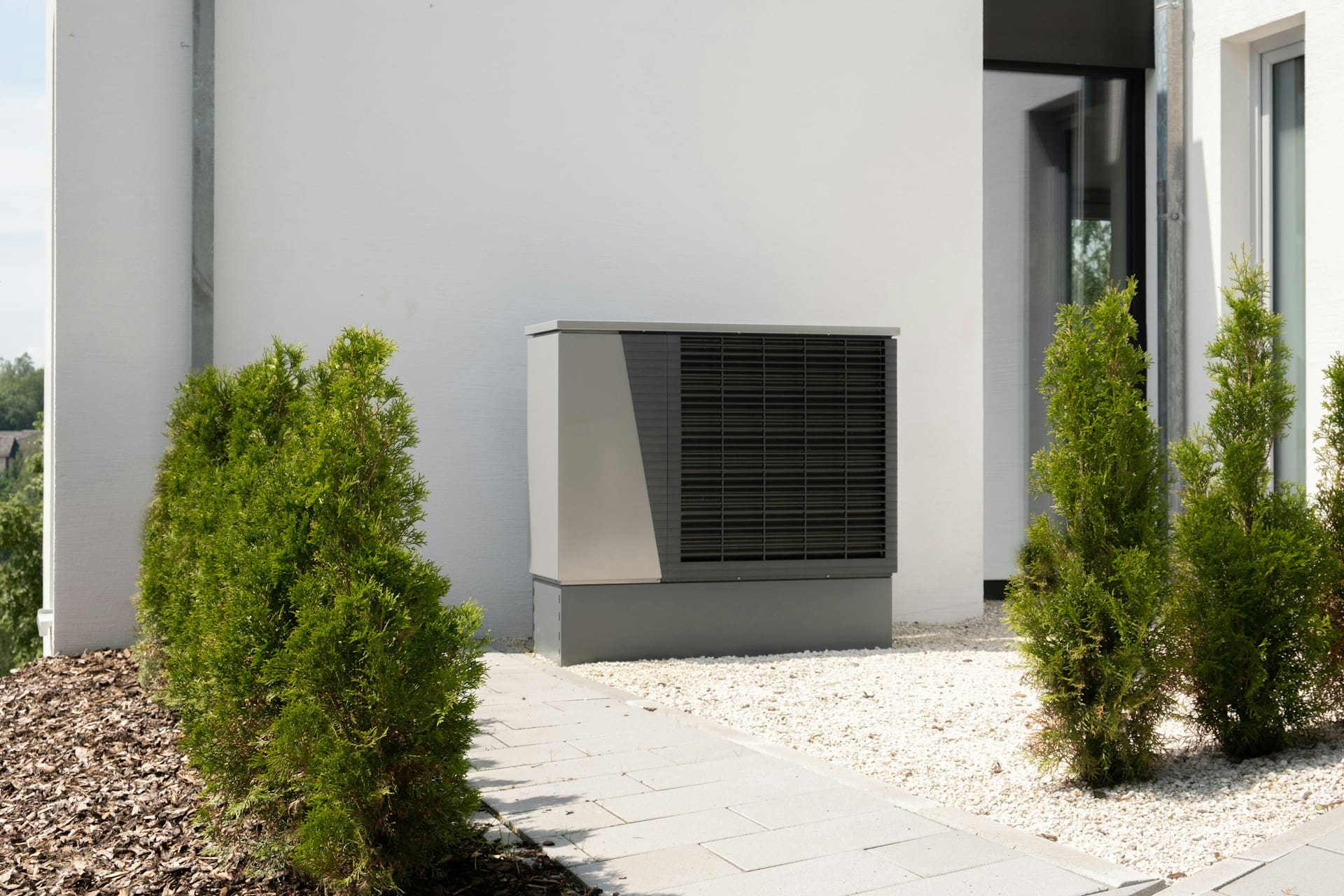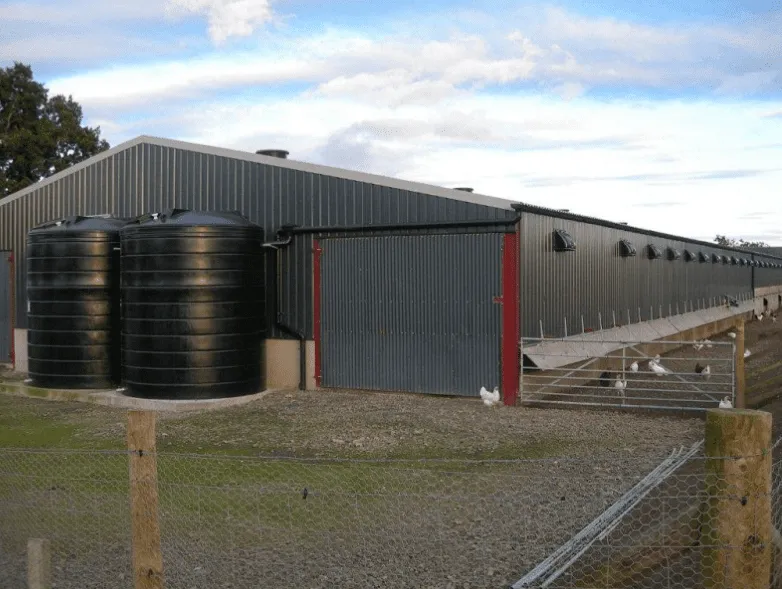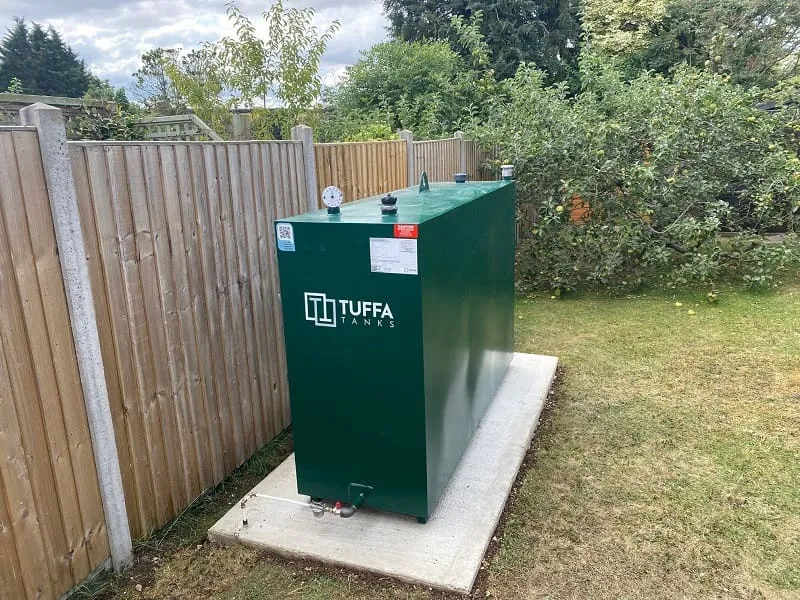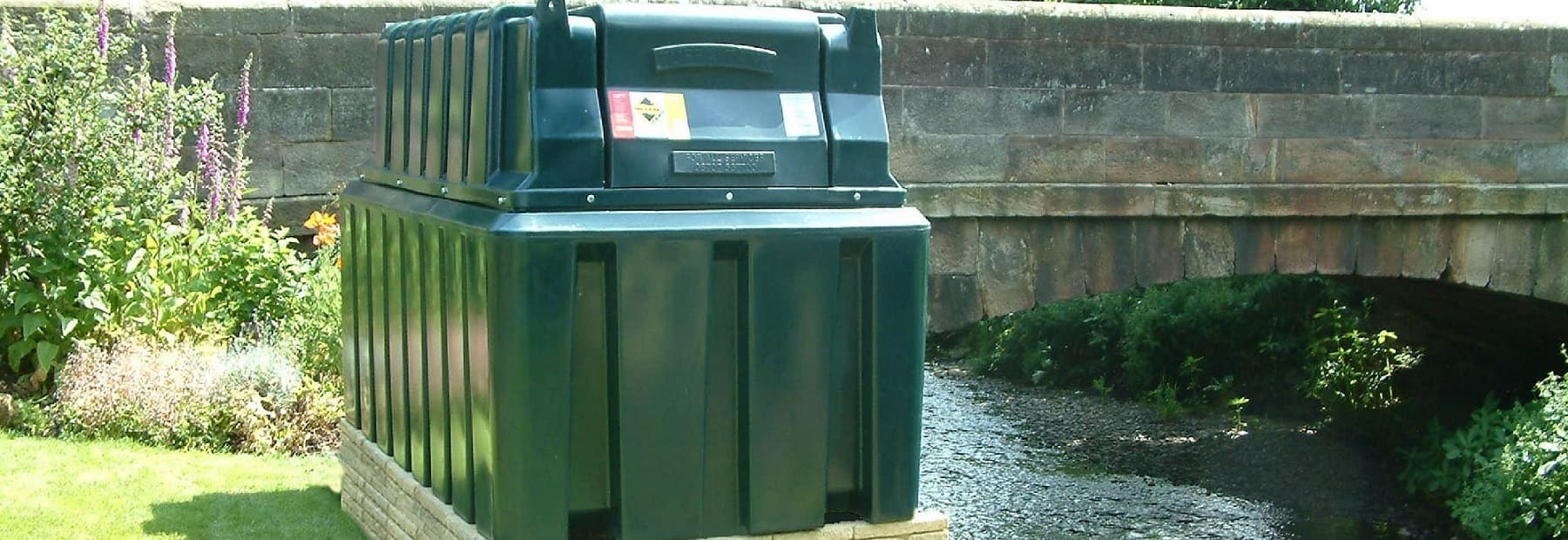A solid understanding of your options when purchasing a new fuel tank is vital to ensure you get the right tank for your site and requirements. This article runs you through these different options and also offers siting and maintenance advice to help you increase the lifespan of your tank and fuel so you can get the maximum benefit from your investment.

Industry
The main considerations when purchasing a fuel tank depends upon your site requirements and business priorities. However, in our experience, we often find this is influenced by the industry. Farmers often favour our high capacity plastic tanks such as the 15,000 or 30,000 litre bunded fuel station. These tanks are suitable for red or white diesel and offer the greatest economy whilst still being incredibly reliable. Industries such as transport often require larger capacities and custom ancillary equipment available with our large steel tanks. Businesses that require fuel on an ad-hoc basis or as a smaller part of their operation often request our small plastic tanks in capacities from 1,350 to 3,500 litres. These tanks also benefit from 12/24v cable clip options enabling installation without requiring mains electricity.
Plastic vs Steel
Fuel tanks are available in two materials: plastic and steel. Bunded plastic tanks are usually manufactured using polyethylene, a recyclable plastic known to be extremely durable. Plastic tanks offer a cost-effective alternative to steel and while they aren’t as customisable as steel tank, they can be fitted with a range of dispensing equipment. Most tank manufacturers rotomould these tanks in capacities from 1,000 to 15,000 litres. However, we manufacture a 30,000 litre diesel tank by interlinking two 15,000 tanks. When properly installed, used and maintained, plastic tanks should give you a working life in excess of 20 years. Before purchasing a plastic tank make sure it complies with British Standards EN ISO 9001, EN 13341 and check that it is CE marked.
Due to the cost of materials and increased production time steel tanks are considerably more expensive than plastic tanks but benefit from a longer lifespan, greater adaptability and additional strength. Our steel diesel tanks are made to order meaning they can be manufactured with specific ancillary equipment and meet bespoke capacities and dimensions. This makes steel tanks popular with sites with exact requirements or to replace a tank with the same footprint. Because steel tanks are fabricated by hand and don’t rely on moulds (like plastic tanks) they can reach a capacity of 100,000 litres or more. Steel fuel tanks have a serviceable lifespan in excess of 30 years and are extremely hard wearing with greater protection against impact damage and theft. Before purchasing your steel tank make sure it complies with British Standards EN ISO 9001 and BS 799.
Capacity
Accurately calculating the size of the diesel tank required can be difficult and depends upon the machinery being used, the frequency and duration of use, and how often you want to refuel the tank. You should also consider purchasing a larger capacity tank than strictly necessary. The larger the capacity the more you can benefit from incremental fuel savings from bulk buying fuel and falls in fuel price due to fluctuations in the oil market. Remember to purchase a tank with a higher capacity than you want delivered so you don’t run out of fuel altogether. For example, if you have a 20,000 litre delivery then your tank should be at least 22,000 litres.
Where to site the tank
Another important consideration is where to site the fuel tank. Our smaller plastic tanks are available with a 12 or 24 volt pump which can be connected to your vehicle via cable clips giving you flexibility when siting your tank. For ease of installing steel and large plastic tanks you should consider locating the tank near existing electricity feeds. Fuel tanks should alsao be installed on a concrete base at least 100mm thick and be positioned with sufficient access for a tanker delivery.
The location of your tank can also be used to reduce the risk of fuel theft. With anything up to around 100,000 litres of diesel being stored at a time, and diesel usually costing around £1.30 per litre, diesel tanks are a huge target for criminals. This is a real problem in the UK and in 2018 there were over 25,000 confirmed fuel thefts leading to losses of over £1.75m. By siting your tank in the right location you can prevent yourself from becoming a victim of fuel theft. Try installing your tank where it isn’t visible from the road or near existing CCTV and security lighting. You can also use nature to your advantage by installing the tank next to a prickly bush. This has the added bonus of helping the police to identify intruders from traces of blood or clothing left on the prickles.

How do I inspect and maintain a diesel storage tank?
Once installed diesel tanks require little attention. Maintenance largely revolves around visually inspecting the tank to ensure water cannot enter. This is because water is the primary cause of ‘diesel bug’ (bacteria, algae and fungi) and creates an environment where microorganisms can grow. Often the first sign of this is when filters become blocked on dispensing pumps. To maintain your tank you should establish a fuel maintenance program to detect when water is present. This program should look something like this:
- Check the tank for water. This can be achieved by using a water finding paste which you apply to a gauge line or rod. Or, you can use a filtration tank sampler kit which is then sent off to a lab for analysis.
- Remove water and debris from the tank before microorganisms can grow.
- Visually inspect fill points and gaskets for damage which may permit water to enter the tank.
- Inspect around the tank with emphasis on the base of the tank.
- Check and replace filter if necessary. This is usually every 3 to 6 months but depends upon the frequency of use.
Inspection for plastic tanks should include checking for any deformation of the surface of the tank i.e. excessive bulging, change in colour due to chemical attack, crazing or stress fractures. Whereas, the inspection of steel tanks should include looking for evidence of rust and heavy corrosion, damp patches on seams & seam fractures.
The exact programme required to inspect and maintain your tank may depend upon the tank and manufacturer. Reputable manufacturers should provide you with a tank manual including maintenance advice specific to the tank or brand. Our tank manual includes detailed instructions for installing, operating and maintaining the fuel tank as well as a troubleshooting section and registering your 10 year warranty.
To enquire about our diesel tanks contact our Sales Support team by emailing [email protected] calling 01889 567700 or completing the enquiry form below.






























